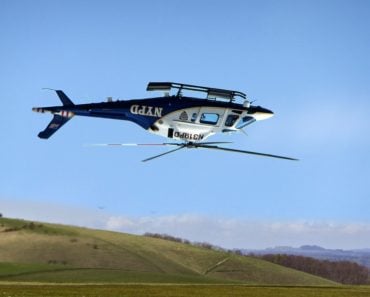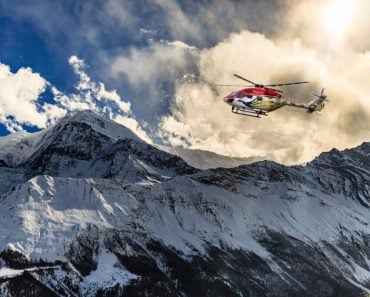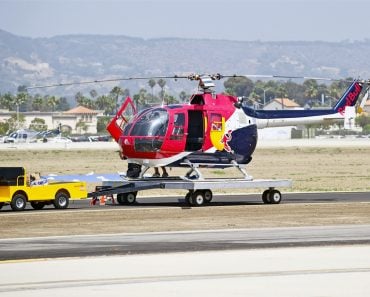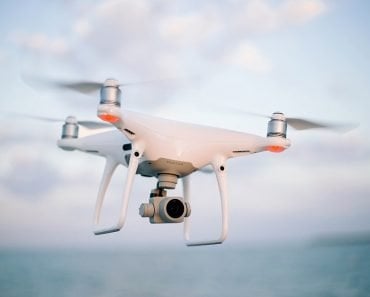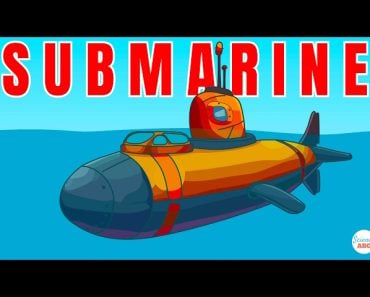Table of Contents (click to expand)
A helicopter flys by the pilot tilting forwards or backwards on the cyclic pitch which in turn tilts the blades of the main rotor. The main rotor is what gives the lift to the helicopter.
The helicopter is the most versatile aircraft, considering that it can land almost anywhere, even without a runway. Jet planes take people from point A to point B, but when it comes to tricky rescue missions with unpredictable terrain and more hazardous situations, the helicopter is indeed king. For example, helicopters can be employed in plucking stranded sailors from the sea, hurling tubs of water onto forest fires, snagging engineers off wind turbines, and racing critically injured individuals to the hospital. These are just a few situations where a helicopter triumphs over other aircraft. Before we answer the question posed in this article, however, let’s take a brief look at the design of a helicopter.
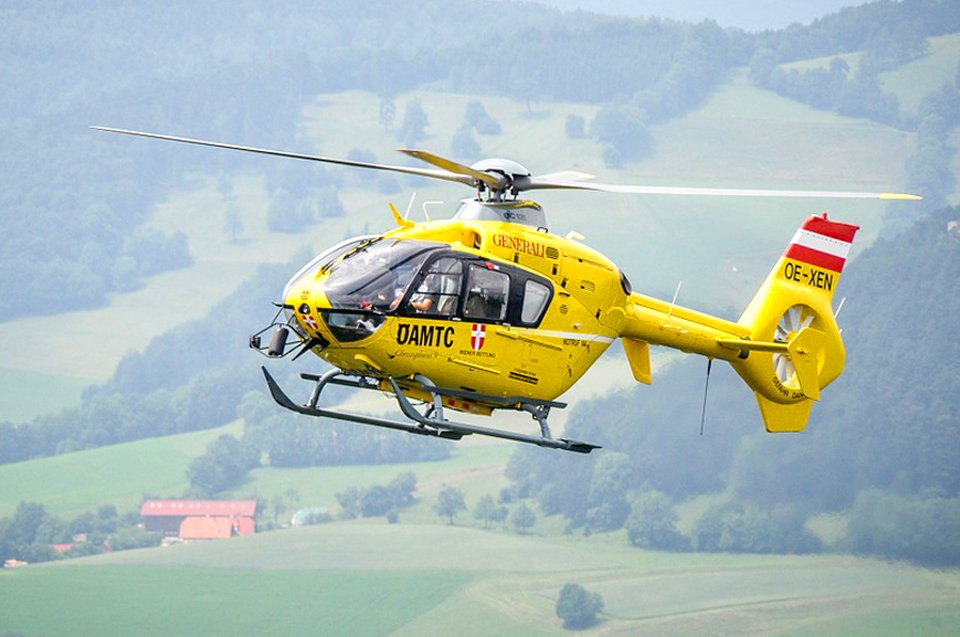
Recommended Video for you:
Key Components
A helicopter is a truly magnificent and well-crafted engineering masterpiece. The first primary component of a helicopter is the fuselage. The fuselage is made from strong but lightweight composite materials. Its primary function is to hold the fuel for the helicopter and provide a safe storage space for the fuel in potentially dangerous situations. The second principal component of the helicopter is the engine. A helicopter may contain either a single engine or dual engines. Small helicopters use single piston engines; these engines are very similar to those we have in our cars. However, most modern helicopters are fitted with jet turbines; these engines are very similar to those found in other aircraft. The advantage of using a turbine engine is that they are highly smooth in operation, powerfully mighty, simple in design and extremely reliable.
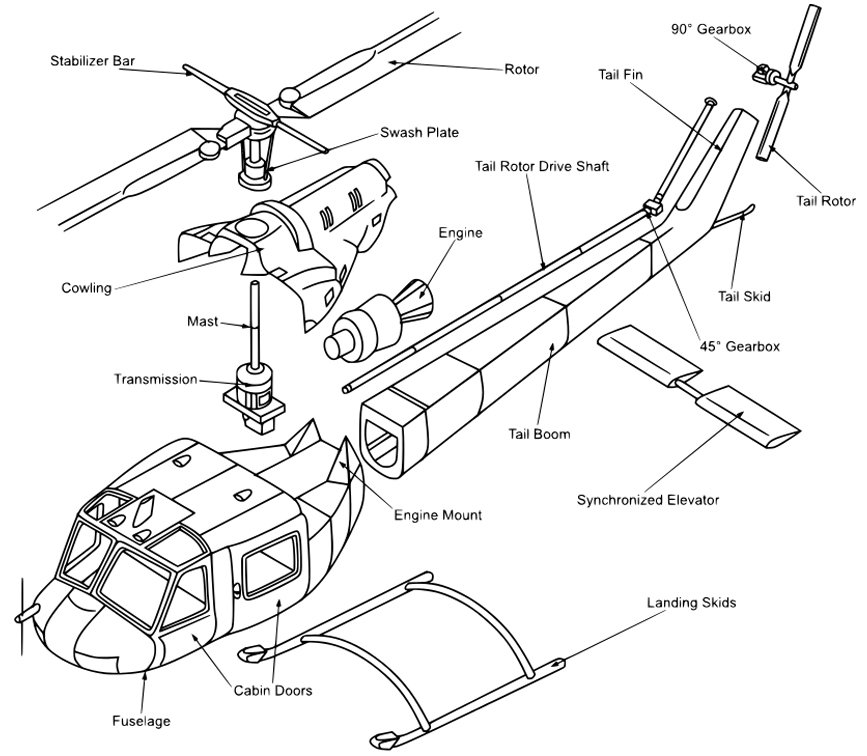
The final components that are highly imperative to a helicopter are the main rotor and the tail rotor, respectively. The huge spinning main rotor is what most people notice first, but no helicopter is getting off the ground with just a single rotor. The reason for this is Newton’s Third Law, which states that when a force tries to move a body (which is an action), an equal and opposite force opposes it. In the case of a helicopter, when the rotor spins in one direction, the whole craft slowly shifts in the opposite direction. When left to its torque, the helicopter would be uncontrollable. Thus, to contour this torque, most helicopters have another main rotor that spins in the counterclockwise direction. These are usually observed in military-grade helicopters in which balance is highly imperative. Apart from the large secondary main rotor, a small sideways propeller called the tail rotor is also included. The tail rotor is driven with the use of a drive shaft from the engine that runs all the way through the tail.
Coming To Movement
Thus far, we’ve seen the ingenuity of how the helicopter is designed to hover in mid-air and counteract its torque, but what are included in the range of motions a helicopter is capable of performing? Well, the helicopter pilot can choose from five basic actions from the following controls: two hand levers called the collective and the cyclic pitch, the throttle, and two foot pedals. All complex maneuvers performed by the pilot are controlled by a combination of these controls in some form or another. The movement of any helicopter consists of and is controlled by two primary factors: hovering and steering.
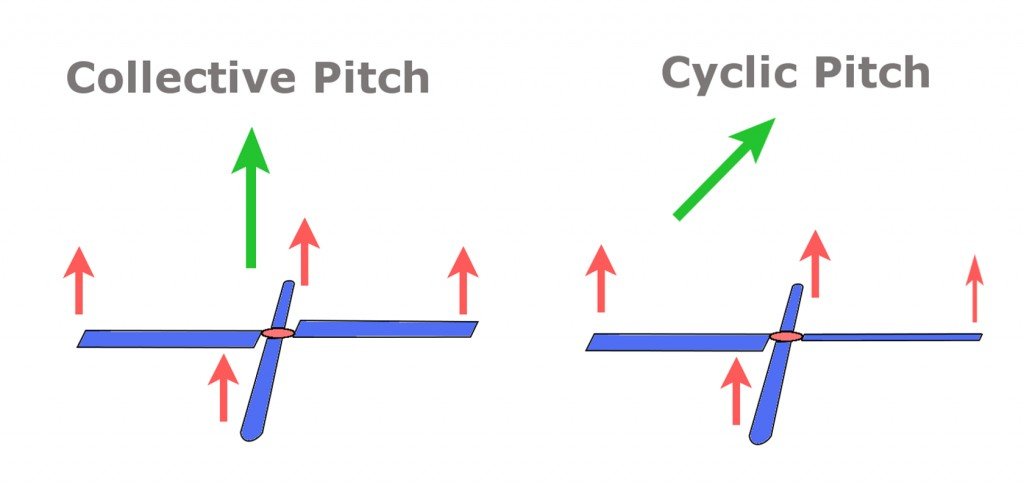
As the blades of the main rotor begin to spin, the blades begin generating lift, which makes the aircraft rise. If the lift created is greater than the weight of the helicopter, it is said to be climbing. When the lift and the weight of the helicopter are equal, it hovers in mid-air. The pilot can make the helicopter generate more or less lift using a control called the collective pitch, which increases or decreases the angle (also known as pitch) that all the blades make in the oncoming air as they spin around. For maximum lift, the blades should make a significantly steep angle. This happens because the main rotor is connected to a feathering hinge, which allows the blade to swivel as it spins. This causes the steep angle met by the oncoming air. The blades have short vertical rods (also known as pitch links) attached to them that are connected to a rotating metal disc called a swash plate, which is a bit lower down the mast. This swash plate slides on bearings around a second, similar plate that is directly underneath and doesn’t rotate. When the pilot moves the collective one way, both swash plates move upward, pushing up on the pitch links that tilt the rotor blades to a steeper angle. Moving the collective the other way moves the swash plates back down, which pulls on the pitch links and tilts the blades to a shallower angle. At the end of the collective, there’s a throttle connected by a cable to the engine. This is like the accelerator of a car or the throttle of a motorbike, increasing or decreasing the engine speed, directing the rotor to make more or less lift.
The rotors can also provide more lift to one side of the helicopter to help in steering. This is where the swiveling of the helicopter back and forth occurs, which enables the rotor blades to provide a steeper angle when they’re on the left side of the craft than when they’re on the right. In other words, they generate more lift on the left, tilting the craft to the right and steering it in that direction. The pilot steers in this way using a second lever called the cyclic pitch; this control is very similar to a joystick on a gaming console. The ingenious swash plate mechanism translates the pilot’s movements into the appropriate movement of the rotor blades.
Now, the next time you see a helicopter take off, you know the mechanics behind it and can rest assured that whoever is flying the craft knows what they’re doing! For more detail watch this video:


